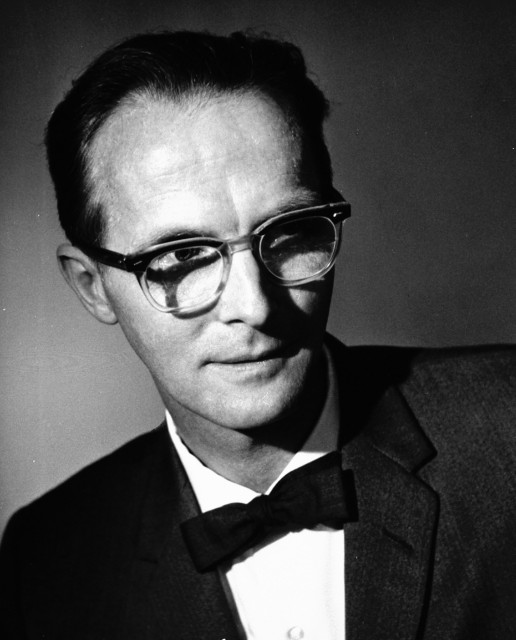William Nunn Lipscomb, Jr.
1919-2011

For "his studies on the structure of boranes illuminating problems in chemical bonding" Lipscomb received the 1976 Nobel Prize in Chemistry. He first became interested in X-ray diffraction as a graduate student at Cal Tech (Ph.D. 1946 with Linus Pauling), when the field was in its infancy. The enigmatic relationship between structure and bonding in the boranes attracted his attention and, with collaborators at the University of Minnesota (1946-59) Lipscomb developed the vacuum-line and low-temperature X-ray techniques needed to handle these volatile and pyrophoric substances. He determined their structures and developed theory necessary to understand the three-center bonding in these electron-deficient molecules.
At Harvard (1959-present) Lipscomb published "Boron Hydrides" (1963), a landmark text for those working in the field. Later he co-authored "NMR Studies of Boron Hydrides and Related Compounds" (1963).
His research interests shifted toward biochemical studies. He established the X-ray structures of several proteins, among them carboxypeptidase A, glucagon, aspartate transcarbamylase and fructose-1,6-bisphosphatase, and bound ligands to their active sites to understand their enzymatic mechanisms.
Among his other awards and many honorary degrees is the ACS 1968 Award for Distinguished Service in the Advancement of Inorganic Chemistry.
Location in chemistry building: Fourth Floor; Elevator area East Wall; Sequence 3
Source: Professor Lipscomb